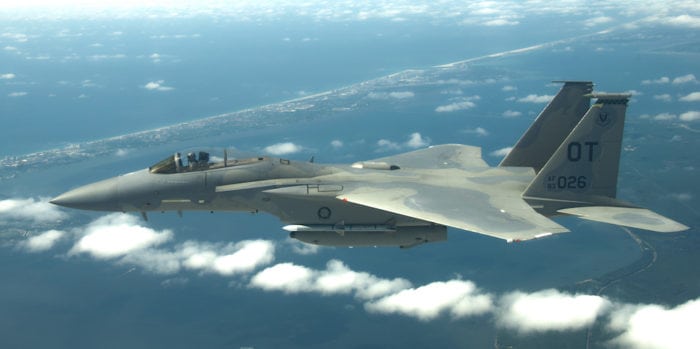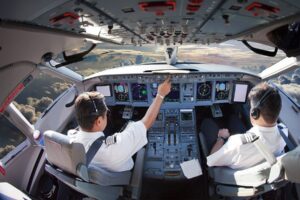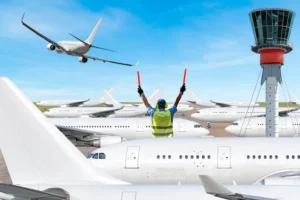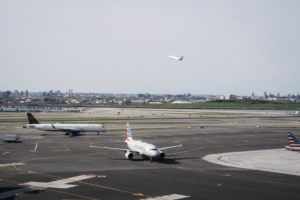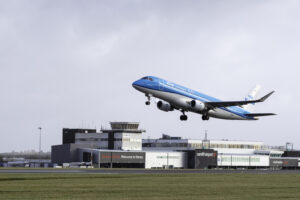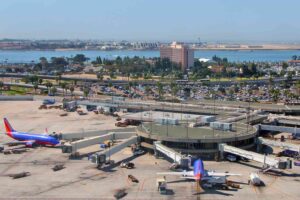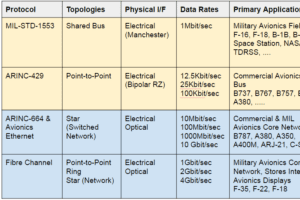Editor’s Note: Domestic RVSM: The Next Steps
By Charlotte Adams | April 1, 2006
Send Feedback
Put into operation in January 2005, domestic reduced vertical separation minimum (DRVSM) added six new altitudes to the high-altitude structure of the National Airspace System (NAS). Launching the effort in such a large airspace was quite a feat, and FAA managed the change smoothly. But work remains to be done to realize the full benefits.
DRVSM is doing what FAA intended it to do. The agency says that operator savings in the first year may be more than double the original estimate: $800 million vs. $393 million. These numbers indicate that NAS users are getting more optimal altitudes. Anecdotal evidence points to more efficient weather rerouting and greater air traffic control flexibility. (See story, page 41.) And operational errors in DRVSM airspace are down, although how much of this is attributable to DRVSM is unclear. Initial evidence also suggests that en-route capacity is increasing. At this time, however, such an increase is impossible to quantify. More data and analysis are needed.
But a start has been made. According to a report by the Collaborative Decision Making/DRVSM Work Group for FAA’s Air Traffic Organization, monitor alert parameter (MAP) exceedances in DRVSM altitudes were up significantly in the early days of implementation. The September 2005 report says that the MAP exceedances, or traffic volume gauges, indicate that "these sectors were able to accommodate more aircraft without implementing … traffic management initiatives to control sector volume." However, the data is too preliminary to indicate a trend.
Now that more than a year has gone by, the time is ripe to see what more can be done. Particularly important, according to the report, is measuring DRVSM’s effect on capacity.
One airline representative estimates that a 3 to 5 percent en-route capacity increase can easily be squeezed out of the system with domestic RVSM. But until the data is sifted, sector load values are adjusted, and the information is published to reflect the benefits that have been achieved, users won’t be able to enjoy the full savings. If operators–corporate or air transport–know that their aircraft are going to get optimal altitudes before takeoff, they can fuel for those altitudes. Otherwise the aircraft have to be fueled for something other than the optimal trajectories, which means carrying more than necessary. It costs money to carry that fuel. FAA understands these concerns and is expected to review MAP values in due time.
Other Improvements
Domestic RVSM has been a success, and more accurate measurements of capacity and adjustments in sector loads will make it more useful, yielding an incremental, predictable increase in throughput. The question arises, then, what else is FAA doing to improve service? A short search turned up the following two examples.
Software developed by Metron Aviation, Herndon, Va., as an upgrade to FAA’s Enhanced Traffic Management System, promises to increase the efficiency of en-route capacity management during the summer weather season. The planning tool, known as the Airspace Flow Program (AFP), is an enhancement to the Flight Schedule Monitor. It should reduce the total number of delays in the system by focusing on airspace rather than airports, says Metron President Jack Kies. Instead of delaying flights based solely on destination airports, AFP will allow traffic managers to target airplanes going through the impacted airspace. The software has been tested in extensive human-in-the-loop simulations and is expected to be introduced in the NAS in May, Kies says.
Although airspace redesign is often broached in a comprehensive sense, it’s happening on a smaller scale, as well. An FAA airspace optimization project completed late last year is designed to smooth traffic flows between the north and northeastern United States and Florida. Completed in seven months, the initiative added multiple offshore air traffic routes, among other things. The agency estimates that airlines could save as much as $18 million a year in fuel costs.




